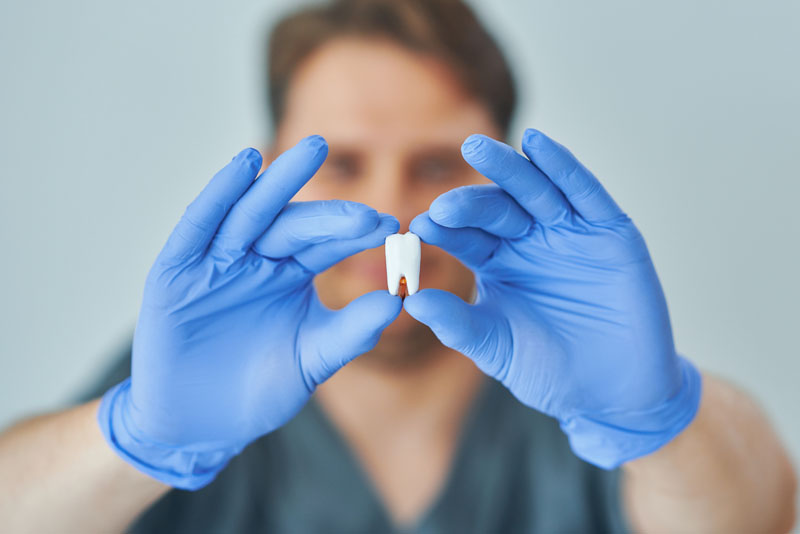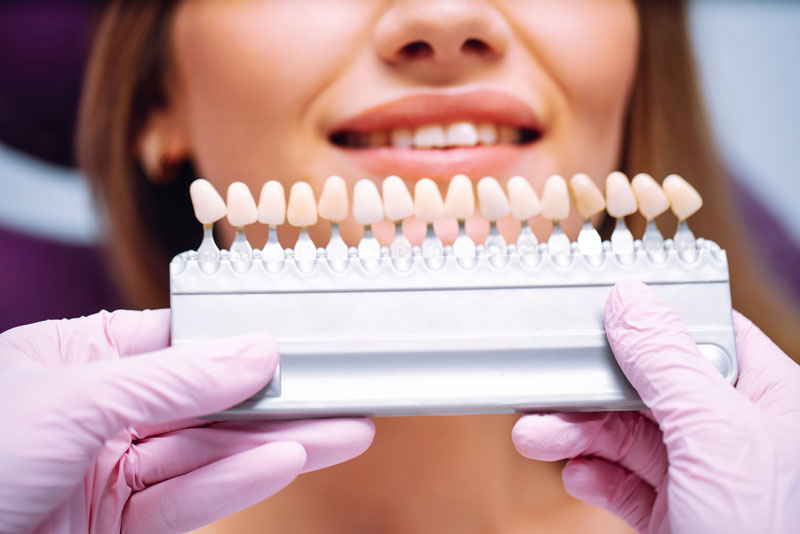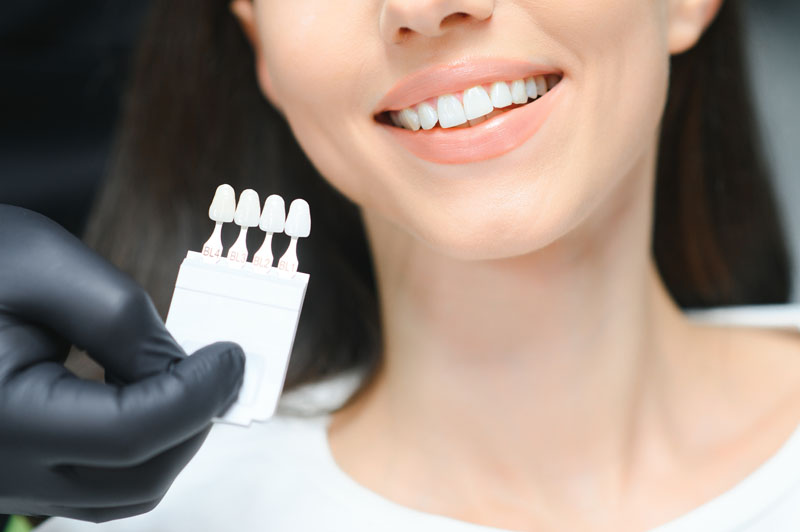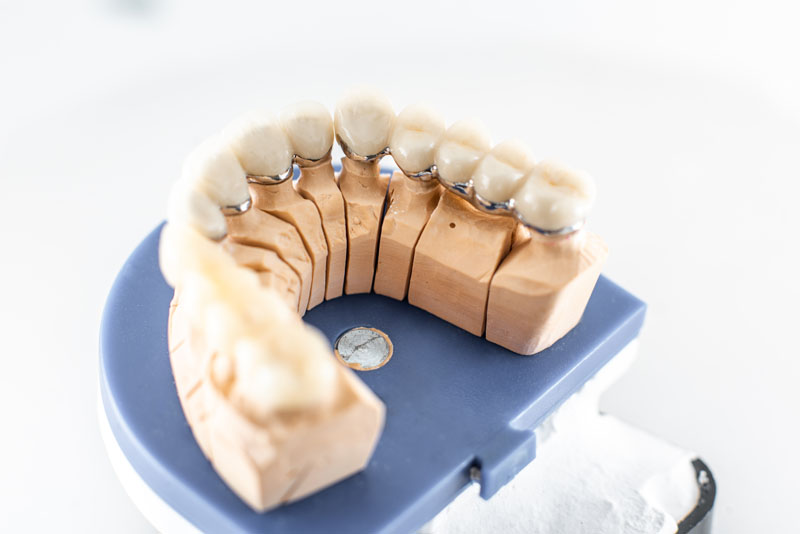Dental Inlays & Onlays
Dental inlays and onlays are excellent options for restoring teeth damaged by decay or injury when traditional fillings are not suitable. These restorative treatments are known for their durability and strength, often making them a preferred choice for repairing the chewing surfaces of the back teeth. Here’s a bit more detail on each:
To determine if inlays or onlays are for you, schedule an appointment with us at Galway Dentists by calling (091) 58 22 22.
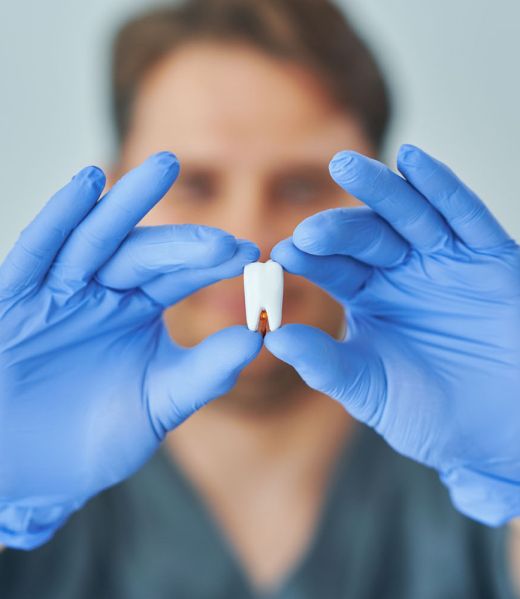
Book a Consultation Today
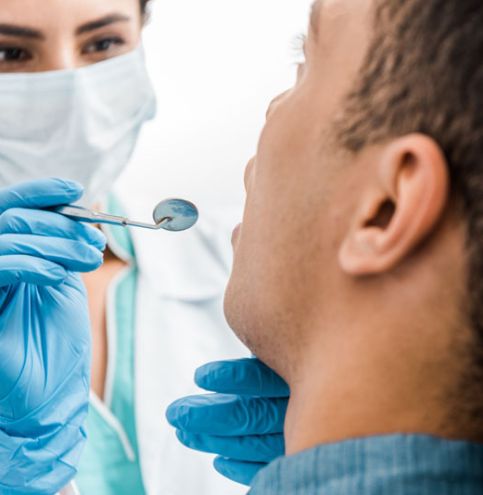
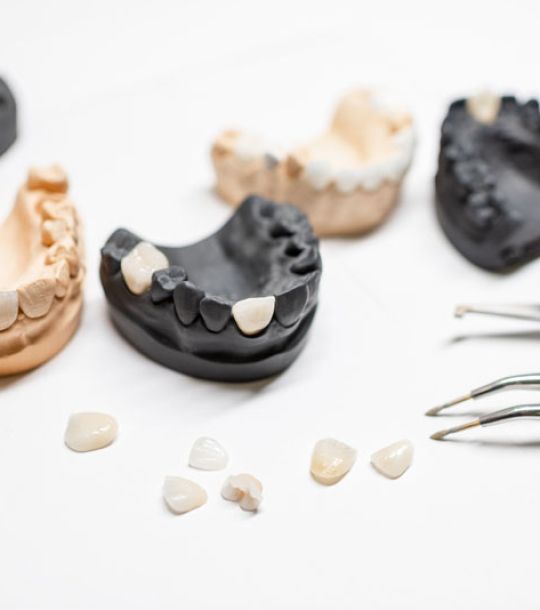
What are inlays and onlays?
Inlays and onlays are ideal alternatives for patients with moderately broken down, worn, or damaged posterior teeth and are one of the most valuable methods in tooth restoration.
Dental Inlays: Inlays are used when the damage or decay is within the cusps, or rounded edges, of the tooth’s chewing surface. They are custom-made to fit the specific shape of the cavity and are usually made from materials such as porcelain, composite resin, or sometimes gold. Once fabricated, the inlay is cemented into place, providing a seamless restoration that blends in with the natural tooth.
Dental Onlays: Onlays are similar to inlays but are used when the damage extends over one or more of the cusps of the tooth. Onlays are sometimes called “partial crowns” because they cover a larger area of the tooth than inlays. They provide substantial support to strengthen the tooth’s structure, restore its shape, and prevent further deterioration or fracture.
Both inlays and onlays are created in a dental lab from an impression of your tooth, making them indirect fillings. They are then bonded to the tooth in a second appointment. One of the advantages of inlays and onlays over traditional fillings is that they are less invasive, meaning more of the natural tooth structure can be preserved. Additionally, they are custom-fitted to your teeth, which typically results in a superior fit and a more natural appearance.
Who are the candidates for inlays or onlays
Not everyone is suitable for inlay or onlay treatments. Typically, these options are reserved for individuals with cavities that are too extensive or deep for standard fillings to adequately reinforce. They are also applicable for those who do not need the full coverage provided by a dental crown or bridge. However, a critical factor for the success of an onlay or inlay is that a sufficient amount of the natural tooth structure remains to anchor the restoration securely.
If the tooth is too compromised to retain an onlay or inlay, alternative treatments such as dental bridges, implants (in cases where tooth extraction is necessary), or crowns may be considered.
Types of inlays and onlays?
When it comes to inlays and onlays, there are two distinct application methods: direct and indirect. Direct inlays and onlays are applied within the dental office and typically require just one visit. This method involves the dentist shaping and placing the filling material directly into the tooth during your appointment.
On the other hand, indirect inlays and onlays involve a two-step process. Initially, your dentist at Galway Dentists will take an impression of your tooth, which is then sent to a dental laboratory. There, the inlay or onlay is crafted to fit your tooth precisely. During a subsequent visit, this custom restoration is fitted to your tooth. It may be adjusted to ensure a perfect fit before being bonded in place and polished, ensuring a durable and aesthetically pleasing result.
What to expect after the treatment?
Post-treatment, you may experience sensitivity to hot or cold consumables. It’s important to steer clear of these until the sensitivity diminishes. We advise sticking to soft foods like mashed potatoes, soups, and smoothies in the interim. Staying hydrated is important, and you should focus on consuming nutritious foods while avoiding tobacco products and alcoholic drinks. Sugary snacks and sodas are also best avoided as they increase the risk of developing cavities.
When it comes to oral hygiene, be gentle around the area that received treatment. Refrain from brushing or flossing the specific spot too vigorously, and try not to poke it with your tongue. Regular dental checkups and cleanings at Galway Dentists are crucial for maintaining oral health and ensuring the longevity of your inlays and onlays. Should you notice anything amiss with your restorations or experience discomfort, don’t hesitate to contact us immediately.

years
-
Dr.Eilis is a fantastic dentist! She is one of the nicest and most professional dentists I have met – she always puts you at ease. I highly recommend Eilis ???? Thank you for all the work you’ve done for me - Catherine
Catherine Magrath
January 19, 2019 -
I visited Michael Donnelly here at this practice. I found he put me right at ease, as I was worried about going to the Dentist. I had not attended a Dentist in over a year. He went through the procedure very thoroughly and any questions I had throughout his explanation, he was happy to answer. Would highly recommend a visit to him.
Claire Cunningham
January 19, 2017 -
All I can say about Dr. Eilis is just ... waow!! talk about painless!! had to get two fillings replaced as they were chipped and a new filling and couldn't even feel the numbing injections and the fillings themselves were effortless! delighted with the result after years of painfull dental work I now have completely changed my mind about going to the dentist and have no fear! Highly recommend this practice especially if you are nervous!
Rebekah Guerin
January 19, 2019 -
Very good! Thank you very much
Chris Zalwertл
January 19, 2018
Inlays & Onlays
Local Anesthesia: To ensure your comfort, your dentist will numb the area around the affected tooth with a local anesthetic. This step helps to eliminate any pain or discomfort during the procedure.
Removing Decay: Next, the dentist will remove the decayed or damaged portion of the tooth using a dental drill. After the decay is removed, they will thoroughly clean the tooth to prepare it for the restoration, creating a stable base for the inlay or onlay.
Taking an Impression: Once the tooth is prepared, the dentist will use dental putty to take an impression of the tooth with the cavity. This impression is crucial as it will be used to create a precise inlay or onlay that fits your tooth perfectly.
Fabrication at the Lab: The impression of your tooth is sent to a dental laboratory. There, technicians will use the mould to craft the inlay or onlay from porcelain or another suitable material, ensuring it matches the shape, size, and color of your natural teeth.
Temporary Protection: While the permanent inlay or onlay is being made, your dentist will protect the prepared tooth by placing a temporary crown or cap over it. This helps to shield the tooth from damage and sensitivity in the interim.
At this stage of the procedure, your custom inlay or onlay will be permanently attached to your tooth. Here’s how this part of the process typically unfolds:
Removal of Temporary Protection: Your dentist will carefully remove the temporary crown or cap that was placed over your tooth to protect it while your inlay or onlay was being made.
Fitting of the Restoration: The dentist will then precisely fit the final inlay or onlay onto your tooth. They will make any necessary adjustments to ensure that the restoration fits seamlessly with your natural bite and tooth contours.
Adhering the Inlay/Onlay: Once the fit is confirmed to be perfect, a strong adhesive resin or dental cement will be applied to permanently affix the inlay or onlay to your tooth, filling the cavity and restoring the tooth’s structure.
Polishing for Aesthetics: To conclude the procedure, your dentist will polish the inlay or onlay, giving it a smooth finish and a lustrous appearance that blends in with your natural teeth.
With the inlay or onlay securely in place and polished, your restored tooth will not only be stronger but also have an improved appearance. It’s important to follow any post-procedure care instructions provided by your dentist to ensure the best possible outcome.


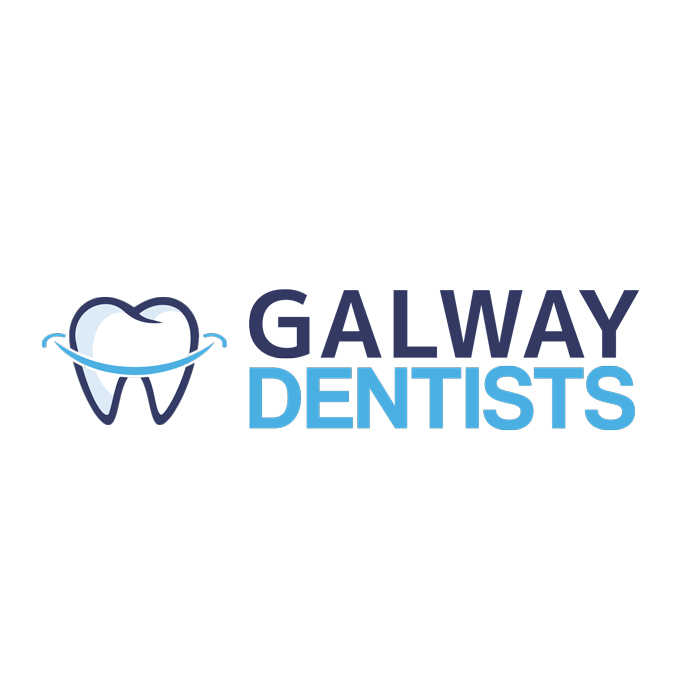
Benefits of inlays and onlays
Conservative Dental Restoration Inlays and onlays are favored for their conservative approach when compared to full-coverage crowns. They require the removal of only a minimal amount of the tooth’s structure, making them a less invasive option.
Ideal for Moderate Decay These restorations are perfectly suited for situations where the decay is too extensive for a simple filling but not severe enough to demand a full dental crown.
Durability and Longevity Inlays and onlays are known for their durability, often lasting for at least 30 years without the need for replacement.
Preservation of Natural Tooth Structure They provide a preservation-focused solution for extensive cavity restoration, allowing for the maintenance of most of the tooth’s natural structure with minimal modification.
Aesthetic Compatibility With the ability to be made from a variety of materials, inlays and onlays blend aesthetically with the natural appearance of your teeth. Porcelain, in particular, is favored for its durability and its ability to mimic the natural texture and color of tooth enamel.
Alternative Cosmetic Treatments
Dental Inlay & Onlay Prices
Do you want to learn more about inlays and onlays and other restorative and cosmetic dental procedures at Galway Dentists? We’re happy to help you achieve that perfect, healthy smile. Contact us at (091) 58 22 22 or email [email protected]. Alternatively, visit us at 6 Father Griffin Avenue, Galway, Co. Galway H91 ERP4.

-
Teeth Whitening - Home kit - SPECIAL OFFER €395
Home Whitening Kit (upper and lower teeth)
-
Teeth Whitening - Non-Vital Internal Whitening €450
Non-Vital Internal Whitening
-
Dental Crowns €950
-
Dental Crowns - Implant Crown €1,400
Price does not include implant.
-
Dental Veneers €850 – €900 Each
-
Dental Veneers - Composite Veneer €300 Each





